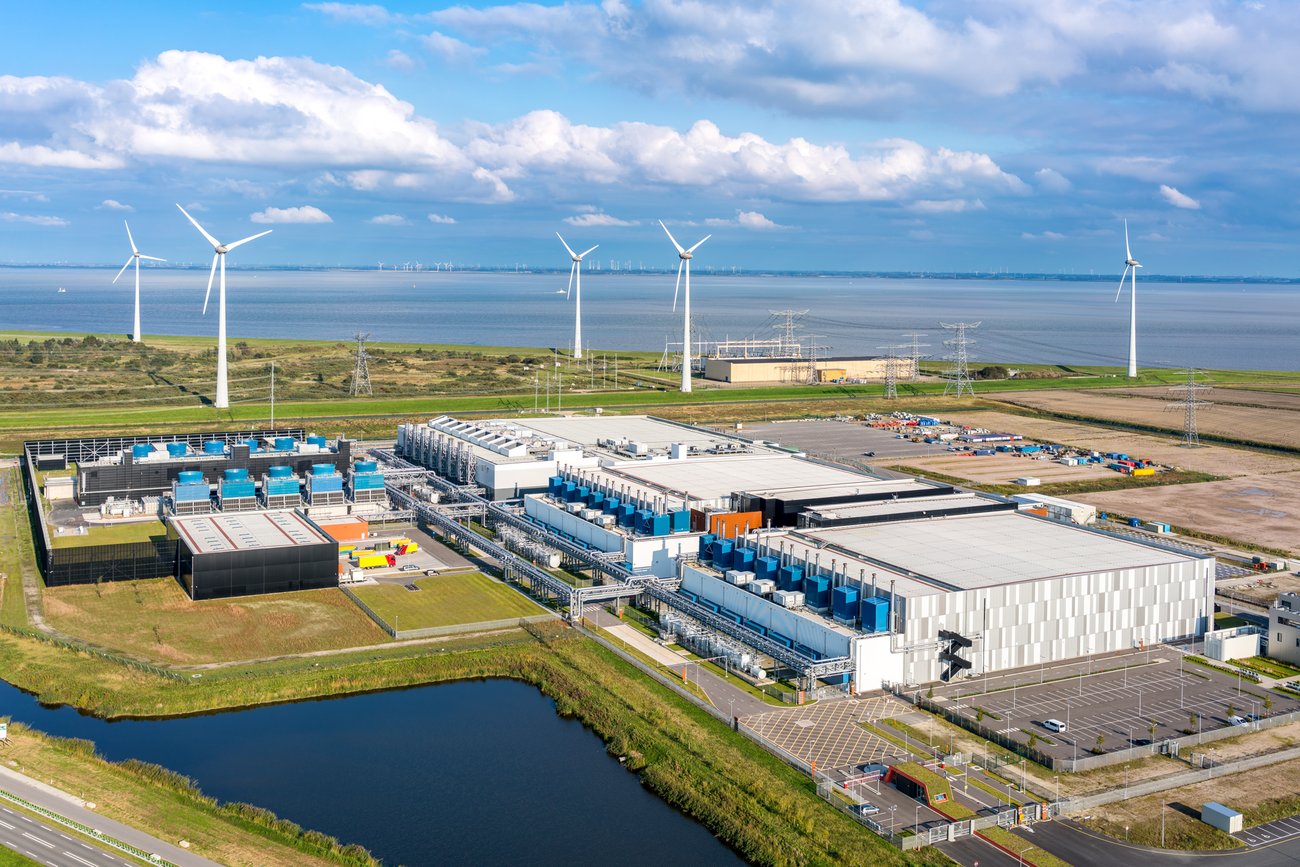Google has announced a landmark investment of around Rp4,859 trillion to secure up to 3,000 megawatts (MW) of energy for its expanding network of data centers. This bold move highlights the company’s strategy to sustain its global cloud operations, maintain dominance in artificial intelligence (AI), and meet growing energy demands in a sustainable way. The Google data center energy investment represents one of the largest corporate energy deals of the decade and underscores the increasing importance of power security in the digital economy.
The Scale of Google’s Energy Commitment
The massive scale of the Google data center energy investment demonstrates how critical reliable power has become for big tech companies. A commitment of 3,000 MW is equivalent to the energy capacity of multiple large-scale power plants, reflecting Google’s urgency to secure sufficient electricity for its rapidly growing digital infrastructure.
Data centers are energy-intensive facilities that power everything from cloud storage to AI model training. According to the International Energy Agency (IEA), global data center electricity consumption could double by 2030 if left unchecked. Google’s move reflects a proactive strategy not only to expand its footprint but also to ensure its operations remain resilient against potential power shortages.
In addition, the Rp4,859 trillion investment highlights the company’s strong financial capacity. Few firms outside the tech giants can commit resources on this scale, making it clear that Google is positioning itself for long-term dominance in the AI and cloud services industries.
Strengthening Google’s Global Infrastructure
Google’s energy investment is not just about maintaining current operations but about enabling future growth. The company’s AI tools, machine learning applications, and cloud services require enormous processing power. This demand can only be met if the underlying data centers have stable and scalable energy sources.
The Google data center energy investment will likely be spread across multiple regions, ensuring geographic resilience and reducing the risk of outages. By securing 3,000 MW, Google is effectively future-proofing its infrastructure, ensuring that energy bottlenecks will not hinder the growth of its services.
Furthermore, this investment aligns with the broader industry trend. Rival companies such as Microsoft, Amazon, and Meta have also been investing heavily in both data center capacity and renewable energy. However, the scale of Google’s latest investment sets a new benchmark that could push competitors to accelerate their own commitments.
Driving Sustainability in the Digital Economy
A major concern for large-scale data centers is their environmental impact. The growing energy demand from AI and cloud services has drawn criticism for its potential to increase carbon emissions. Google, however, has pledged to operate its data centers on carbon-free energy by 2030. The Google data center energy investment is expected to include partnerships with renewable energy providers to align with this sustainability vision.
Industry experts suggest that part of the 3,000 MW will be sourced from solar, wind, and other renewable projects. This would not only support Google’s climate commitments but also create positive ripple effects across global energy markets by boosting demand for clean power.
By integrating renewable energy into its operations, Google aims to lead the way in building a sustainable digital economy. This is particularly important as governments and regulators worldwide are tightening environmental standards. Companies that fail to adapt may face rising costs, while those like Google that embrace sustainability can secure long-term advantages.
The Strategic Importance of Power Security
The timing of this energy investment is also significant. Geopolitical tensions, energy price volatility, and increasing demand for electricity in major economies have raised concerns about energy security. By locking in 3,000 MW of energy, Google is reducing its exposure to future uncertainties.
This is particularly important in regions where energy supply can be unreliable or where demand is growing faster than supply. Google’s proactive investment allows it to avoid disruptions that could affect its customers and weaken its competitive position.
Moreover, the investment strengthens Google’s appeal to enterprise clients. Businesses that rely on Google Cloud for mission-critical operations want to be assured of stability. By highlighting its strong energy commitments, Google can attract more clients seeking reliable cloud partners in an increasingly digital-first economy.
Impact on AI and Cloud Services Growth
Artificial intelligence applications, especially large language models, require vast computing resources. Training a single advanced AI model can consume as much electricity as hundreds of households use in a year. With the AI race intensifying, Google needs to ensure its data centers can handle escalating workloads.
The Google data center energy investment provides the foundation for scaling AI operations without facing bottlenecks. It also allows Google to continue improving its AI capabilities, from generative AI to enterprise solutions.
Similarly, the investment will strengthen Google Cloud’s position against competitors. With enterprises demanding more advanced solutions for analytics, cybersecurity, and automation, reliable data center infrastructure becomes a key differentiator. The 3,000 MW secured through this investment ensures that Google can deliver both performance and stability to its global clients.
Conclusion
The Google data center energy investment of Rp4,859 trillion to secure 3,000 MW of power is a transformative step in the evolution of digital infrastructure. It reflects Google’s vision to combine growth, sustainability, and resilience in an era where digital services are the backbone of global economies.
By making one of the largest corporate energy commitments in history, Google is not only safeguarding its future but also setting new industry standards. The move highlights the intersection of technology, energy, and sustainability and shows how big tech companies are shaping the global energy landscape.
As the digital economy grows, the lessons from Google’s investment are clear: energy security and sustainability are no longer optional but fundamental to success in the AI-driven world.
Read More






 Wednesday, 07-01-26
Wednesday, 07-01-26







